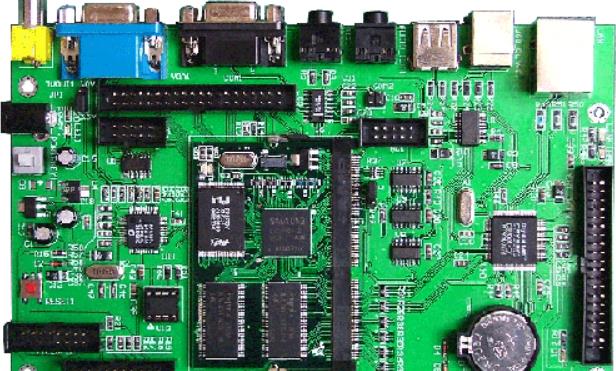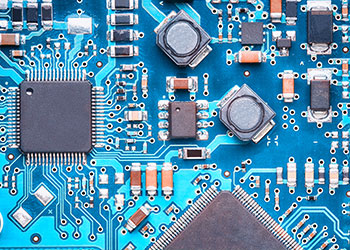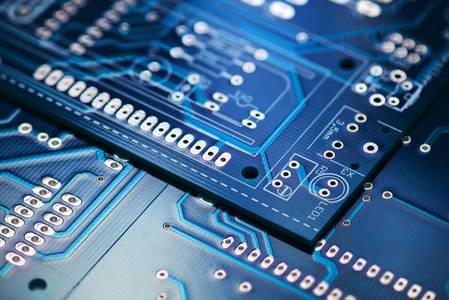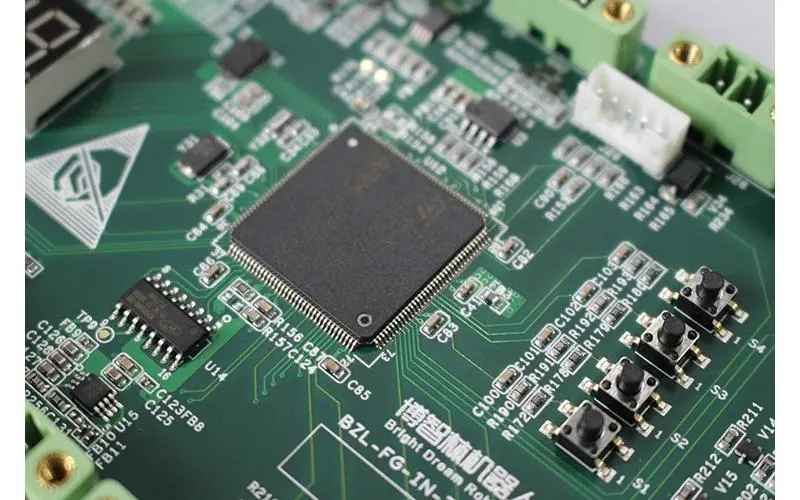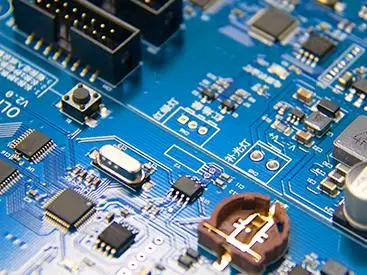

BasIC knowLEDge of SMT solder paste printing
In surface mount assembly in reflow soldering, solder paste is used to connect pins or terminals of surface mount components with pads, and there are many variables For example, solder paste, screen printing machine, solder paste application method and printing process In the process of printing solder paste, the base plate is placed on the workbench, clamped and positioned mechanically or vacuum, aligned with the positioning pin or vision, and printed with a template
In the process of template pasting and printing, the printer is the key to achieve the required printing quality.
During the printing process, the solder paste is automatically distributed, and the printing scraper is pressed on the template so that the bottom surface of the template contacts the top surface of the PCB. When the scraper passes through the entire length of the corroded pattern area, the solder paste is printed on the pad through the opening on the template/screen. After the solder paste is deposited, the filter screen will fall off immediately after the scraper and return to the original position. The separation or separation distance is determined by the equipment design, which is about 0.020 "~0.040".
Separation distance and scraper pressure are two important equipment related variables to achieve good printing quality.
If it is not disconnected, this process is called contact printing. When using all metal templates and scrapers, use contact printing. Non contact printing is used for flexible metal screens.
Circuit board
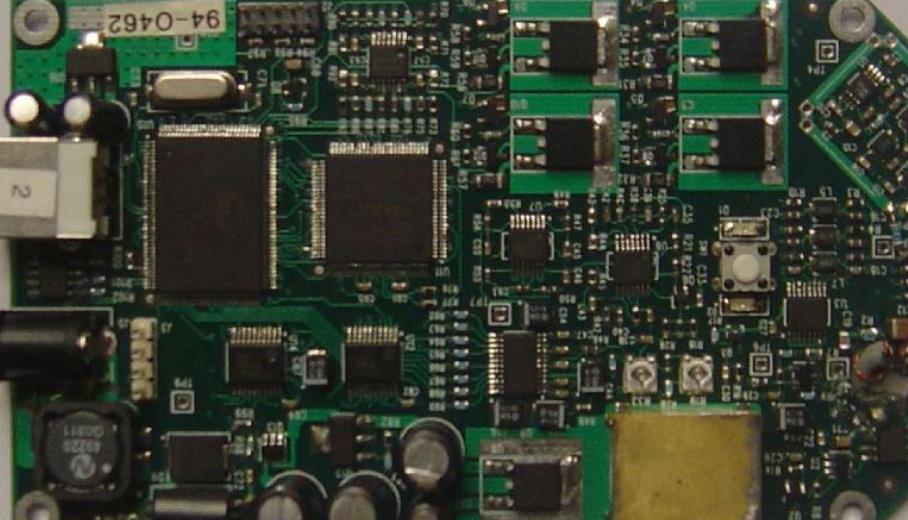
Solder paste printing has three key elements, which we call 3S: solder paste, template and scraper. The correct combination of these three elements is the key to continuous printing quality.
scraper
When the scraper prints, the scraper rolls the solder paste in the front to make it flow into the template hole, and then scrapes off the excess solder paste to make the solder paste as thick as the template PCB pad
There are two common types of scrapers: rubber or polyurethane scrapers and metal scrapers.
The metal scraper is made of stainless steel or brass, has a flat blade shape, and uses a printing angle of 30-55 °. When using higher pressure, it will not dig out the solder paste from the opening, and because they are metal and not as easy to wear as rubber scrapers, they do not need to be sharp. They are much more expensive than rubber scrapers and may cause wear and tear of the model. Rubber scraper, with hardness of 70-90.
When using excessive pressure, the solder paste that seeps into the bottom of the template may cause welding bridge, and the bottom needs to be wiped frequently. It may even damage the scraper and template or filter screen. Excessive pressure will also remove the solder paste from the wide opening, resulting in insufficient solder chips. The low pressure of the scraper will cause omission and rough edges. The abrasion, pressure and hardness of the scraper determine the printing quality, which should be carefully monitored. In order to obtain acceptable print quality, the edge of the scraper should be sharp and straight.
Z Template (mold) type
The models currently used are mainly stainless steel models, which are produced through three main processes: chEMIcal corrosion, laser cutting and electroforming.
Because the solder paste printed by the metal template and metal scraper is full, sometiMES the printing may be too thick. This can be corrected by reducing the thickness of the template.
In addition, the length and width of the wire hole can be reduced by 10% (fine adjustment) to reduce the solder paste area on the pad. This can improve the sealing of the frame between the template and the pad due to the inaccurate positioning of the pad, and reduce the "explosion" of solder paste between the bottom of the template and PCB. The cleaning frequency of the printing template background can be reduced from once every 5 or 10 printing times to once every 50 printing times.
Solder paste
Solder paste is a mixture of tin powder and resin. The role of rosin is to remove oxides on component pins, pads and solder beads in the first stage of reflow soldering furnace. This phase lasts about 3 minutes at 150 ° C. Solder is an alloy of lead, tin and silver, which is refluxed at a temperature of about 220 ° C in the second stage of the reflow furnace.
Viscosity is an important characteristic of solder paste. We require that the lower the viscosity in the printing process, the better the fluidity, and it is easy to flow into the template hole and print on the PCB. After printing, the solder paste stays on the PCB pad, and its high viscosity keeps its filling shape without collapsing.
The standard viscosity of solder paste is about 500kcps~1200kcps. The typical 800kcps is suitable for Fanben screen printing.
There is a practical and economical method to determine whether the solder paste has the correct viscosity, as shown below: use a spatula to stir the solder paste in the container for about 30 seconds, and then pick up some solder paste 3 or 4 inches higher than the container. Let the solder paste drip down by itself. At first, it should slide like a thick syrup, and then fall into the container in several sections. If the solder paste does not slip, it is too thick and the viscosity is too low. If it keeps falling without breaking, it means that it is too thin and its viscosity is too low.
(1) Process parameter setting
Separation speed and separation distance (capture) between the template and PCB After screen printing is completed, PCB and screen printing template are separated, leaving solder paste on the PCB instead of screen printing holes.
For the finest screen printed holes, solder paste may be more easily attached to the hole wall than to the pad. The thickness of the template is very important. Two factors are beneficial:
First, the pad is a continuous area. In most cases, the inner wall of the wire hole is divided into four sides, which helps to release the solder paste;
Secondly, using gravity and adhesion to the pad, pull the solder paste out of the wire hole and adhere it to the PCB within 2 to 6 seconds for screen printing and separation.
In order to maximize this beneficial effect, separation can be delayed At first, the speed of separating PCB is slow Many machines allow a delay after silk screen pring
The above is the explanation given by the editor of pcb circuit board company.
If you want to know more about PCBA, you can go to our company's home page to learn about it.
In addition, our company also sells various circuit boards,
High Frequency Circuit Board and SMT chip are waiting for your presence again.
然后
聯系
電話熱線
13410863085Q Q

微信

- 郵箱




